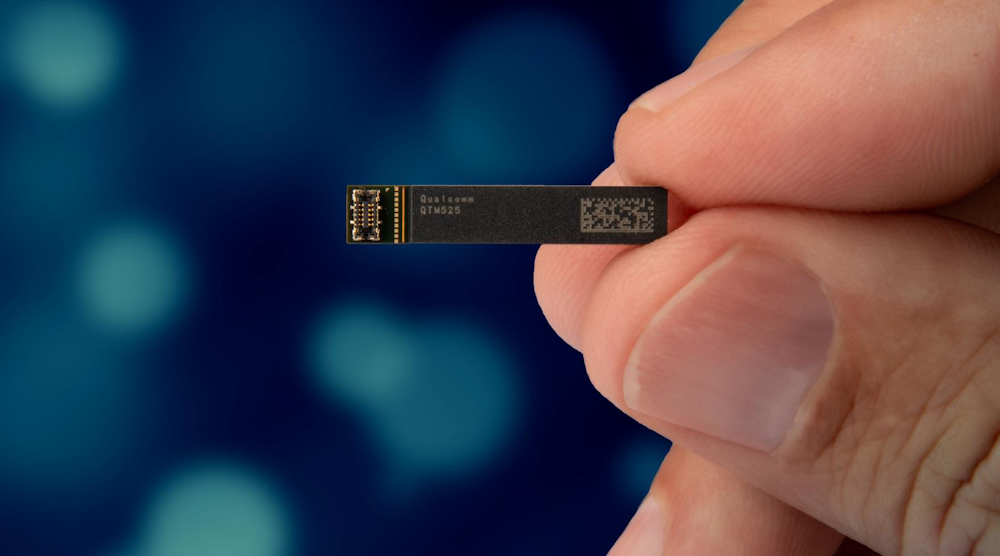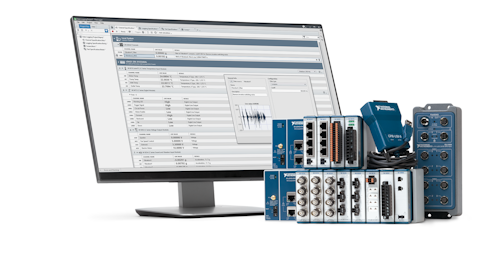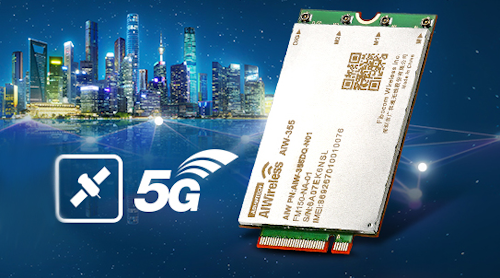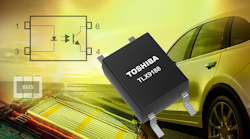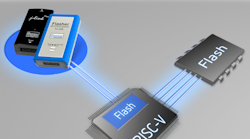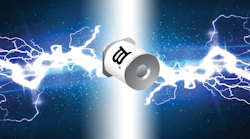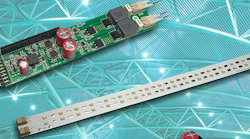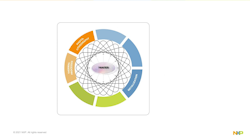Qualcomm is spending $1.15 billion to buy out the radio frequency chip business it operated with TDK, looking to supply a broader range of components for 5G handsets and other devices. The San Diego, California-based company is aiming to make more money per 5G smartphone by selling a more complete range of chips and packaging them into the radio frequency front end (RFFE) that connects the core cellular modem to the antenna.
Qualcomm, which has been grappling with a global slowdown in smartphone sales, partnered with TDK to launch RF360 Holdings in 2016. The venture focused on developing SAW, BAW, TC-SAW and other RF filters and modules that can separate out the specific frequency bands used by 2G, 3G, 4G and 5G technologies. Qualcomm's stake in the partnership was 51% while TDK owned 49%. By 2017, the joint venture had around 4,000 employees.
Qualcomm has shelled out $3.1 billion over roughly the last three years to cover the transfer of TDK's technology and patents, payouts based on the venture's sales and other investments. The company is trying to gain ground on Broadcom, Qorvo, Skyworks and other major players in the market for chips slipping inside the radio frequency front end. From 2017 to 2023, the market will more than double to $35 billion, according to Yole Developpement.
Qualcomm, the world’s largest smartphone chip maker, has long led the roughly $20 billion market for modem chips capable of handling 2G, 3G and 4G. But in recent years it has started selling more of the RF chips surrounding its baseband modems. That includes power amplifiers, switches, antenna tuners, filters, envelope trackers and other parts packaged into modules it also designs to drive higher data speeds, coverage and energy efficiency.
Qualcomm is also selling end-to-end systems—or what it calls modem-to-antenna solutions—for tapping 5G technology, which offers significantly faster data transfers than 4G. Customers will be able to buy packages of its Snapdragon SoCs, 5G modems, RF transceivers, RF front ends and antenna modules for sub-6 GHz and millimeter wave that are smaller and highly integrated. That will lead to more lower-power 5G handsets, Qualcomm said.
In August, the company rolled out its latest RFFE to be used with its second generation X55 5G modem, which also contains all the components for 2G, 3G and 4G technology, but not the core CPU and GPU. The RFFE module is designed to handle both sub-6 GHz and millimeter wave. That could reduce overall costs for handset vendors, which have had to buy separate 5G modems, RFFE modules and RF transceivers so far to support both 4G LTE and 5G NR.
Christiano Amon, president of Qualcomm’s chip business, said the RF360 deal will “enable us to deliver a truly complete solution to the mobile device ecosystem.” More than 150 designs are in development with its 5G baseband modems, which can handle a broader range of frequencies to drive faster data transfers than 4G. Nearly every 5G smartphone on the market today are also powered by its 5G RFFE solutions for both sub-6 GHz and millimeter wave bands.
"Our systems approach has created a benchmark for 5G RFFE performance," Amon said.
Today, 4G smartphones can handle up to 50 frequency bands in order to operate globally, but that number could grow to between 75 and 100 bands by 2020 as more 5G networks roll out. That includes the sub-6 GHz bands—also called the low- and mid-bands—favored in China and Europe for early 5G deployments. For 5G, the other key component is millimeter wave, which are high frequency bands being targeted by U.S. operators like AT&T and Verizon.
更多的频段意味着更多的射频组件needed to make sure smartphones can operate on any network in any part of the world. Steve Mollenkopf, Qualcomm’s chief executive, said in July that it could make up to 50% more money per phone by charging higher prices for the advanced technology inside its 5G modems and upselling its RFFE parts for 5G, which uses not only more frequency bands than 4G but also wider carrier channels.
Wayne Lam, principal analyst of mobile devices and networks at IHS Markit, said ina research notethat pre-integrated solutions have helped curb development costs and time-to-market for the first 5G phones. "For the first round of 5G, Qualcomm appears to be holding a winning hand with its modem-to-antenna offering." He added that with its "early mover advantage, Qualcomm is poised to capture a larger portion of semiconductor spend within 5G smartphones."

